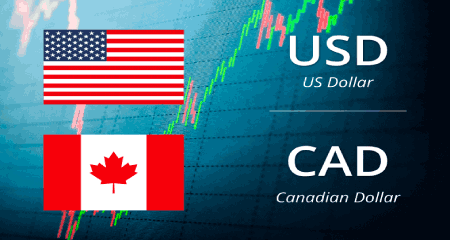
USD/CAD plummets after hitting a daily high near the 1.2900 mark
The USD/CAD nosedives after a softer than estimated US inflation report, used by investors as an excuse to shift towards riskier assets, awaiting Fed policymakers which could pave the way towards the FOMC September monetary policy meeting. Consequently, mood improved, additionally spurred by China-Taiwan tussles tempering as the former announced the end of its military drills, but it will continue patrolling the Taiwan strait. The USD/CAD is trading at 1.2762 after hitting a daily high at 1.2895, but better-than-expected US inflation data sent the dollar tumbling close to 1.50%, with the US Dollar Index dropping from 106.403 to 104.840.
Before Wall Street opened, the Labor Department reported that US inflation in July rose by 8.5% YoY, less than the 9.1% in June and lower than the 8.7% estimate. Excluding volatile items like food and gas, it increased by 5.9%, less than forecasts, and aligned with June’s reading. Analysts say that “we don’t see core inflation peaking until around September/October time with the core rate up at around 6.5% YoY by then.” Furthermore, they commented that they expect the Fed to tighten 75 bps.
The reasoning is that “…inflation remains far from the target, the economy added more than half a million jobs last month, and third-quarter GDP is set to rebound based on consumer movement data. Add to all that a positive contribution from net trade and a less negative drag from inventories then the case for a third consecutive 75bp Federal Reserve rate hike in September remains strong.” In the meantime, the USD/CAD reacted downwards, plunging below 1.2800, further extending its losses, despite falling crude oil prices and the lack of Canadian economic data to be reported. The USD/CAD extended its losses, eyeing 1.2739. However, a break below the 200-DMA will expose the 1.2700 figure, followed by the June 10 daily low at 1.2680.
The reasoning is that “…inflation remains far from the target, the economy added more than half a million jobs last month, and third-quarter GDP is set to rebound based on consumer movement data. Add to all that a positive contribution from net trade and a less negative drag from inventories then the case for a third consecutive 75bp Federal Reserve rate hike in September remains strong.” In the meantime, the USD/CAD reacted downwards, plunging below 1.2800, further extending its losses, despite falling crude oil prices and the lack of Canadian economic data to be reported. The USD/CAD extended its losses, eyeing 1.2739. However, a break below the 200-DMA will expose the 1.2700 figure, followed by the June 10 daily low at 1.2680.
